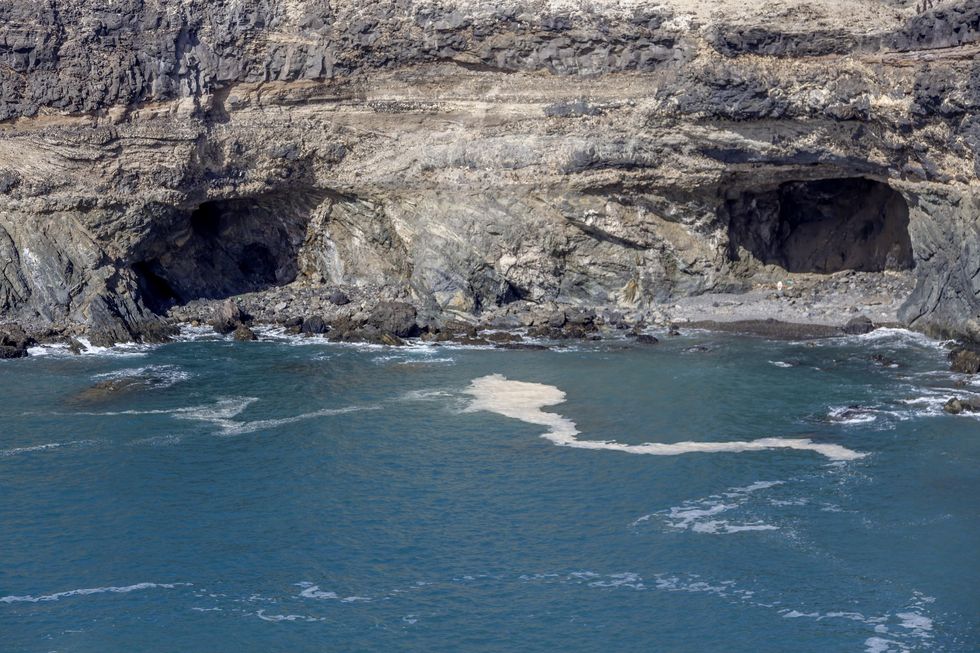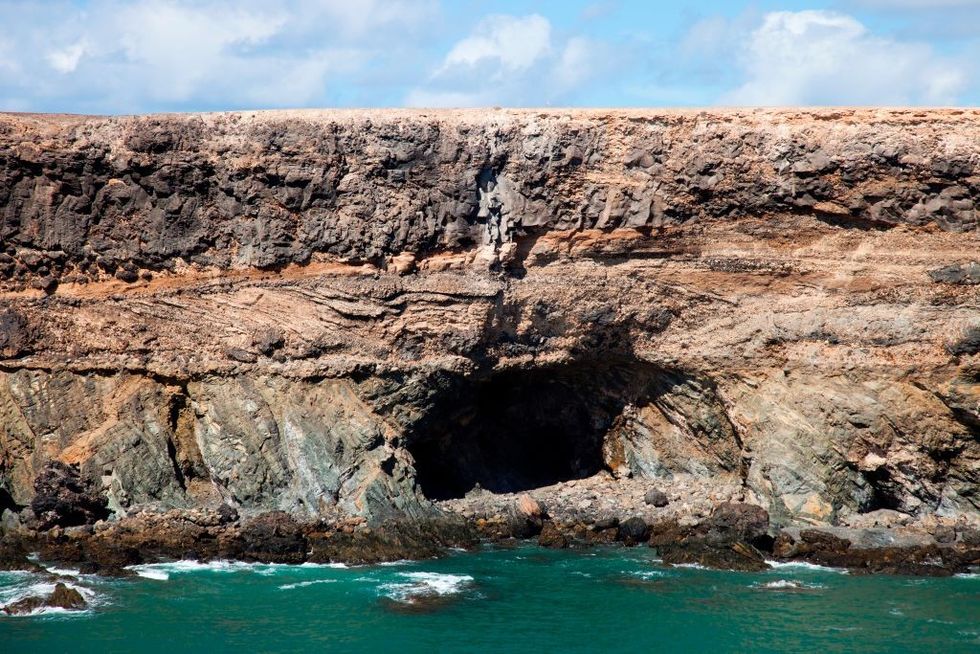British woman dies after being swept into the water at sea caves while on holiday

A British woman has died after being dragged into the water by a wave at sea caves on the Canary island of Fuerteventura
Getty

A British woman has died after being dragged into the water by a wave at sea caves on the Canary island of Fuerteventura
A British tourist has died after being dragged into the water by a wave at sea caves on the Canary island of Fuerteventura.
Three other people were also swept in by the same wave at the Caves of Ajuy on Friday.
Two local fishermen and an off-duty firefighter tried to save the 32-year-old while another person went to fetch lifebuoys and other floating equipment.
The three other people swept into the water and managed to swim back to the coast.

Three other people were also swept in by the same wave at the Caves of Ajuy on Friday
Getty
Emergency responders brought the woman out of the water via a small private boat.
However, she was confirmed dead after they reached the shore.
The three survivors were aged between 18 and 26 and received medical attention.
A spokesman for a regional emergency response coordination centre said: "The alarm was received yesterday at 8.26pm, with the alert saying various people had fallen into the sea.
LATEST DEVELOPMENTS:
"An emergency response was activated immediately.
"Three of those affected were able to get out of the water and the fourth, a woman, was rescued by officials from the Fuerteventura Council’s Emergency Service and a private boat.
"Ambulance staff confirmed she had died when she reached dry land and assisted the other three people, aged between 18 and 26."
The four people had been staying in the same hotel in Corralejo.

The three survivors were aged between 18 and 26 and received medical attention
Getty
The sea caves are located in the small fishing village of Ajuy - on the west coast of Fuerteventura.
The Ajuy Caves are the most famous caves on the island.
They are said to be centuries old and the oldest formations in the Canary Islands.